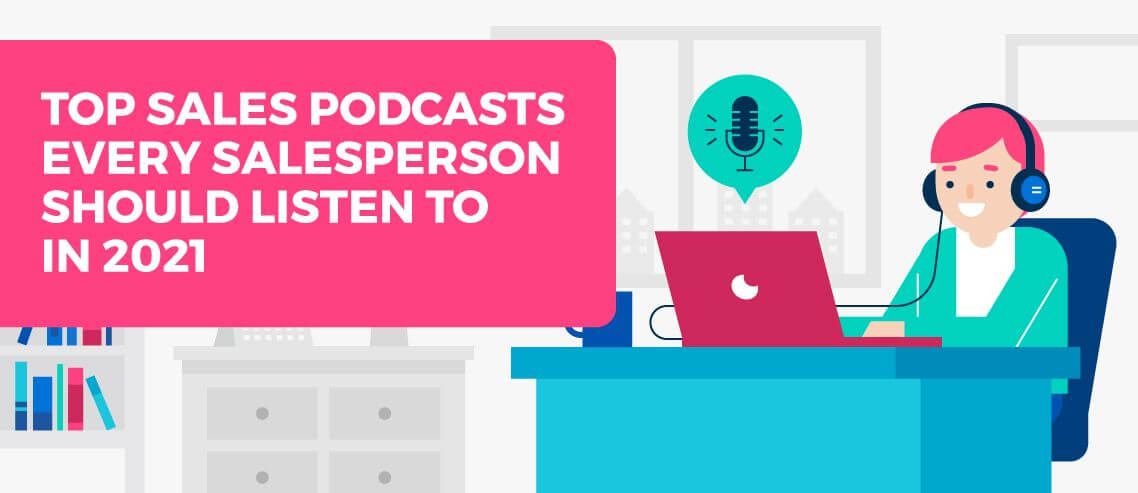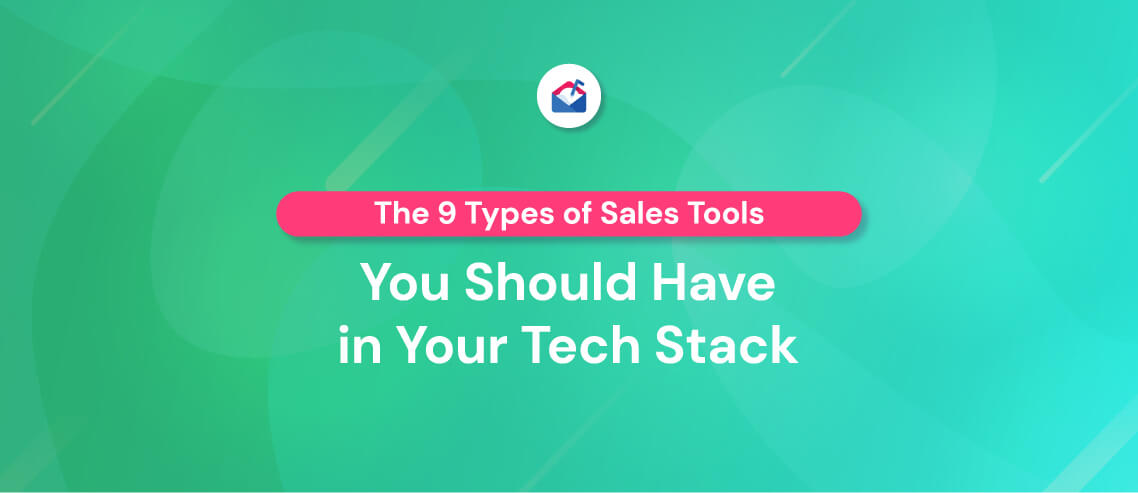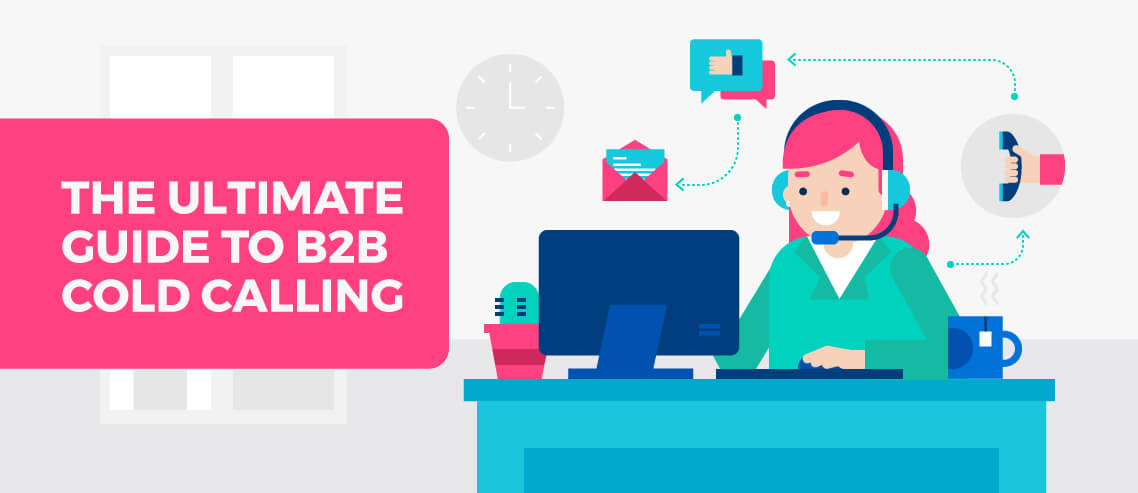Everything You Need To Know About The MEDDIC Sales Process
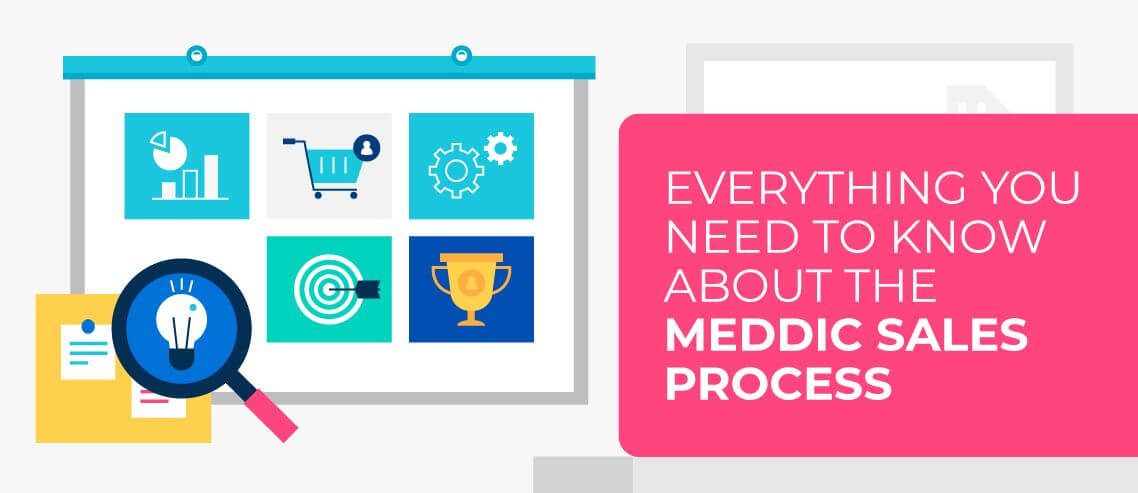
Contents
Wish you could close more deals?
You’re not alone. In fact, 75% say it’s their number one priority.
If you are in that camp, you likely think the issue lies with your pitch or your pricing. Maybe you think there’s even something wrong with your product.
But it could be something entirely different: you could simply be speaking to the wrong prospects.
Fortunately, while that’s obviously a big problem, it can be easily resolved. And the MEDDIC sales process can help you do it.
What is MEDDIC?
MEDDIC is based on a simple principle: that your close rate will climb if you pitch to prospects and leads that are highly qualified.
It’s not a new concept, having risen to prominence during the 1990s, when co-creators Jack Napoli and Dick Dunkel used MEDDIC to more than triple sales at software company PTC, from $300 million to $1 billion. Since then, it has become a cornerstone of the B2B sales process.
MEDDIC is an acronym thatstands for:
- Metrics
- Economic buyer
- Decision criteria
- Decision process
- Identify pain
- Champion
Let’s take each of these one-by-one.
1. Metrics
The first stage is all about understanding what your prospect hopes to get from buying a product like yours.
Importantly, the benefits must be quantifiable. It can’t just be “to increase sales” or “to make more money.” Instead, it could be:
- Reducing production costs by 25% over the next five years
- Doubling the funnel of qualified sales leads within 12 months
- Increasing return on ad spend by 33% in the next quarter
By defining these metrics, sales teams can speak to the specific, real-world benefits of their product, demonstrating how it solves a genuine pain point and delivers the necessary return on investment (ROI).
2. Economic Buyer
The “economic buyer” is the person at your target organization who controls the purse strings – the one with the power to sign off on budget and make financial decisions.
There’s a good chance this person will be higher up the chain of command than the prospect you’re currently speaking to. That’s fine, but you should make it a priority to understand their priorities and mindset.
Why? Because the economic buyer effectively has veto power over the sale. If they don’t see the value of your product, or don’t consider it a priority at this moment, you’re not going to get the deal over the line.
Try to speak directly to the economic buyer, rather than through your current contact. Understand what would persuade them to invest in a product like yours.
3. Decision Criteria
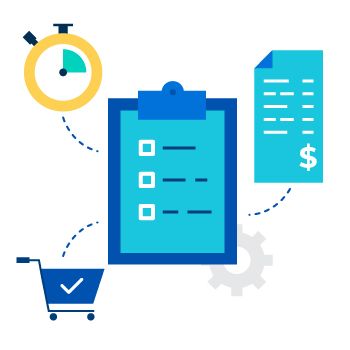 While the economic buyer holds a lot of the cards, they’re likely not the only party involved in the decision-making process.
While the economic buyer holds a lot of the cards, they’re likely not the only party involved in the decision-making process.
Chances are you’ll need to convince multiple stakeholders, each of whom may have different priorities. It’s your job to understand the key criteria that will ultimately inform the buying decision. Things like:
- Ease of use
- Implementation time
- Integrations
- Cost
- Projected ROI
Often, your target company will be considering a range of solutions, not just yours. By detailing their decision criteria, you can tailor your messaging more effectively and demonstrate that your product ticks all the necessary boxes.
If they haven’t already defined their decision criteria, you should prompt them to do so.
4. Decision Process
Whereas the previous step outlines the factors that will inform your target organization’s decision, this step defines the specific way that decision will be made, incorporating:
- Who’s involved in the decision
- What timeline they’re working to
- Any formal approval processes that exist
Understanding these crucial factors significantly reduces the chances of losing a sale because of inactivity.
For instance, if you know the economic buyer has signed off on the decision but hasn’t briefed the compliance team, you can push them to do so. You could even support them in completing the necessary paperwork by providing them with key details related to your product.
5. Identify Pain
 People buy things that they need. If it’s raining, we might buy an umbrella. If it’s cold, maybe we’ll buy a scarf.
People buy things that they need. If it’s raining, we might buy an umbrella. If it’s cold, maybe we’ll buy a scarf.
In the same way, you need to understand the specific pain(s) your target company and the decision-makers within it are facing. For instance:
- Are their costs too high?
- Is their production too slow?
- Do they struggle to meet sales targets?
By clarifying these pain points, you can position your product as the solution.
What’s more, you can paint a picture of what will happen if they don’t choose your product, in terms of the potential revenue they’ll lose, or continued production delays they’ll face.
6. Champion
It’s much easier to get a deal over the line if you’ve got a cheerleader within the organization. Someone who totally buys into your product and feels invested in the sale.
Most often, the champion will be the person who stands to benefit most from your product. They want their team to use it, so they want you to succeed.
That person doesn’t necessarily need to be part of senior management. Indeed, if they’re going to use your product on a day-to-day basis, there’s a good chance they’ll be a front-line worker or team leader rather than a member of the C-suite.
However, they do need to be well respected. If they have a reputation for being self-interested, or lazy, or fickle, their support may do you more harm than good.
What Are the Benefits of MEDDIC?
Sales teams adopt MEDDIC because it helps them close more deals. But how does it work? What are the specific benefits?
Well, that will naturally depend on how your sales operation works at the moment. However, general benefits include:
- More accurate sales forecasting
- Reduced costs and greater efficiency, as unsuitable prospects are disqualified earlier in the process
- Closer monitoring of progress toward a deal
- Less need to resort to discounting to get deals over the line
- Greater incentive/pressure on the prospect’s side to sign off the deal
- Helps individual salespeople assess their activity more clearly
- Creates a common language among your sales team
3 Tips for Adopting MEDDIC
MEDDIC sounds pretty good so far, right?
However, implementing any new process can cause a few headaches, particularly if you’ve never used a highly formalized qualification methodology in the past.
With that in mind, here are a few top tips for smoothing your move to MEDDIC:
1. Analyze Reasons for Lost Deals
Better qualification inevitably means that a lot more prospects will be disqualified.
Particularly in the early days of your transition to MEDDIC, it’s in your interests to understand the reasons for those disqualifications:
- Is your product too expensive?
- Do prospects lack trust in your solution?
- Are they afraid of trying something new?
Whatever the case, digging into those reasons will help you train your reps on how to handle common objections and prevent potential deals from collapsing.
Objections can be logged in your CRM and tracked over time to identify key trends. Seen a spike in price-related objections? Perhaps a competitor is undercutting you, or a new entrant is disrupting the market. That information can help you reframe your pitches.
2. Help Your Sales Reps Leverage Data
 Remember the “M” stage of the MEDDIC process?
Remember the “M” stage of the MEDDIC process?
Defining the success metrics that matter most to your prospect plays a key part in closing deals. Understanding and defining those metrics – and demonstrating that your product can deliver the necessary results – will involve digging into customer data and analytics. That means your sales reps need to have the confidence to leverage that data.
As such, your MEDDIC sales training should include data-related resources and discussion points from existing accounts. Where possible, this should incorporate real-world performance metrics.
3. Enhance Your Personas
Another key point: MEDDIC is all about speaking to more of the right prospects. To do that, you need to understand what an ideal prospect actually looks like, taking into account factors such as:
- Their role within the organization
- Their personal and business goals
- Their business challenges and pain points
- Their personality and interests
This means developing detailed personas for each of your ideal prospects. Personas complement the MEDDIC process superbly, because they help your reps understand when they’re speaking to someone who would be a fantastic fit for your product (and, in turn, when they’re speaking to someone who isn’t a good fit and should be disqualified from the process).
Your personas should be regularly reviewed as part of your sales training to ensure they remain at front of mind, and to help new sales team members get up to speed before they’ve even had the opportunity to speak with prospects directly.
Additionally, you’ll want to ensure your personas are always up to date. For instance, when you’re analyzing the reasons for lost deals, you may find that a certain factor – like price, or implementation time, or perceived ROI – has become increasingly important in recent weeks. In that case, you’ll want to update your personas to ensure their pain points are relevant.


